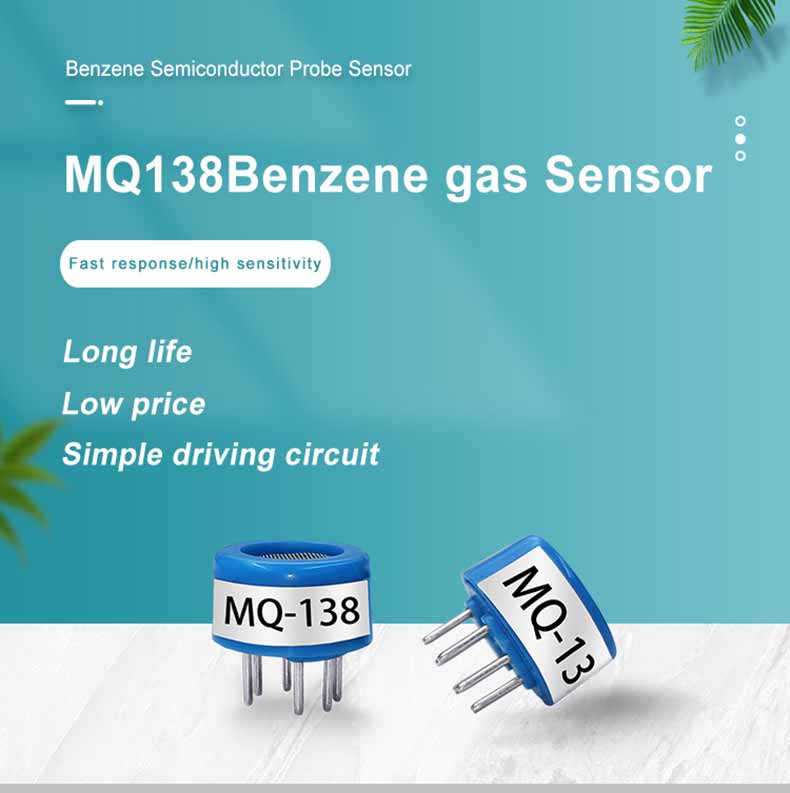Volatile organic compounds (VOCs) are organic chemicals that have a high vapor pressure at room temperature. They are emitted from various sources such as paints, adhesives, cleaning agents, and fuels. Exposure to VOCs can cause a range of health problems, including respiratory irritation, headaches, and dizziness. Therefore, it is essential to detect and monitor VOCs in the environment.
Gas sensors are widely used for VOC detection due to their high sensitivity, fast response time, and low cost. In recent years, there has been significant research on developing high sensitivity gas sensors for VOC detection. This article will discuss the latest research on high sensitivity gas sensors for VOC detection.
One of the most promising gas sensing materials for VOC detection is metal-organic frameworks (MOFs). MOFs are a class of porous materials composed of metal ions or clusters connected by organic ligands. They have a high surface area and tunable pore size, which makes them ideal for gas adsorption and sensing. Several studies have reported the use of MOFs as gas sensing materials for VOC detection.
Another promising gas sensing material for VOC detection is graphene. Graphene is a two-dimensional material composed of a single layer of carbon atoms arranged in a hexagonal lattice. It has excellent electrical conductivity, high surface area, and high mechanical strength.
Apart from MOFs and graphene, other gas sensing materials such as metal oxides, polymers, and carbon nanotubes have also been investigated for VOC detection. For example, Wang et al. (2019) developed a gas sensor based on a composite of tungsten oxide and graphene oxide that showed high sensitivity and selectivity towards ethanol, a common VOC emitted from alcoholic beverages.
In addition to gas sensing materials, the design of gas sensors also plays a crucial role in achieving high sensitivity and selectivity towards VOCs. Several studies have reported the use of microfabrication techniques to design gas sensors with high sensitivity and selectivity towards specific VOCs.
In conclusion, high sensitivity gas sensors are essential for VOC detection and monitoring. MOFs, graphene, and other gas sensing materials have shown great potential for VOC detection due to their high sensitivity and selectivity. Furthermore, the design of gas sensors using microfabrication techniques can further enhance their sensitivity and selectivity towards specific VOCs. Future research should focus on developing gas sensors that can detect a wide range of VOCs with high sensitivity and selectivity, which will be critical for environmental monitoring and public health.
 : +86 155 8830 2704
: +86 155 8830 2704 : jxdziot@gmail.com
: jxdziot@gmail.com
